
Registration


A 12-week Nordic Walking program combined with vitamin D supplementation improved lipid profiles and physical fitness in elderly women, unlike supplementation alone or no intervention.

Nordic Walking significantly improved adipokine levels, reduced body fat, cholesterol, and liver fat index in men with impaired glucose regulation, showing the most beneficial effects on metabolic syndrome risk factors.
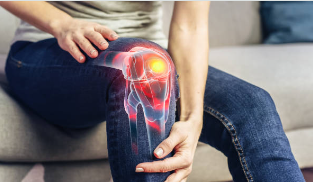
This study found no evidence that Nordic Walking reduces knee joint load compared to regular walking, despite greater hip range of motion and knee flexion angles observed during Nordic Walking.
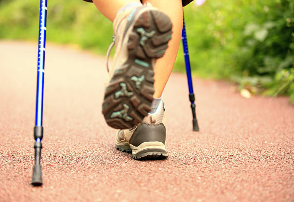
Nordic Walking competitions combine the spirit of sport with health promotion, offering a unique form of mass recreation that engages diverse age and fitness groups.
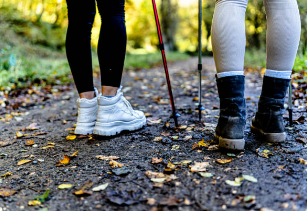
Nordic Walking is a simple, low-cost, and effective lifetime physical activity that can be successfully integrated into school programs to improve students' health, motor skills, and engagement in outdoor movement.

This study explores how regular Nordic Walking affects mental well-being and how socio-ecological factors influence participation, offering new insight into the activity’s psychological and environmental dimensions.

This conceptual study explores Nordic Walking as more than physical activity—revealing its role in shaping identity, performing public space, and creating a sense of place.

A 12-week supervised Nordic Walking program improved walking ability and enhanced antioxidant protection in patients with intermittent claudication, reducing oxidative lipid damage.
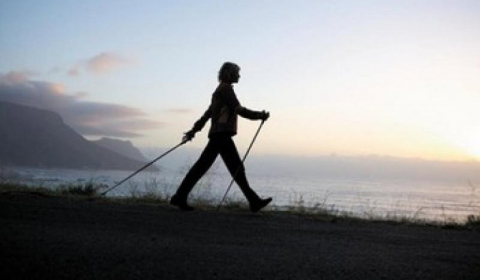
This study confirms that Nordic Walking imposes a significantly higher cardiovascular and metabolic load than natural walking—without increasing perceived effort—making it an effective and accessible fitness activity.
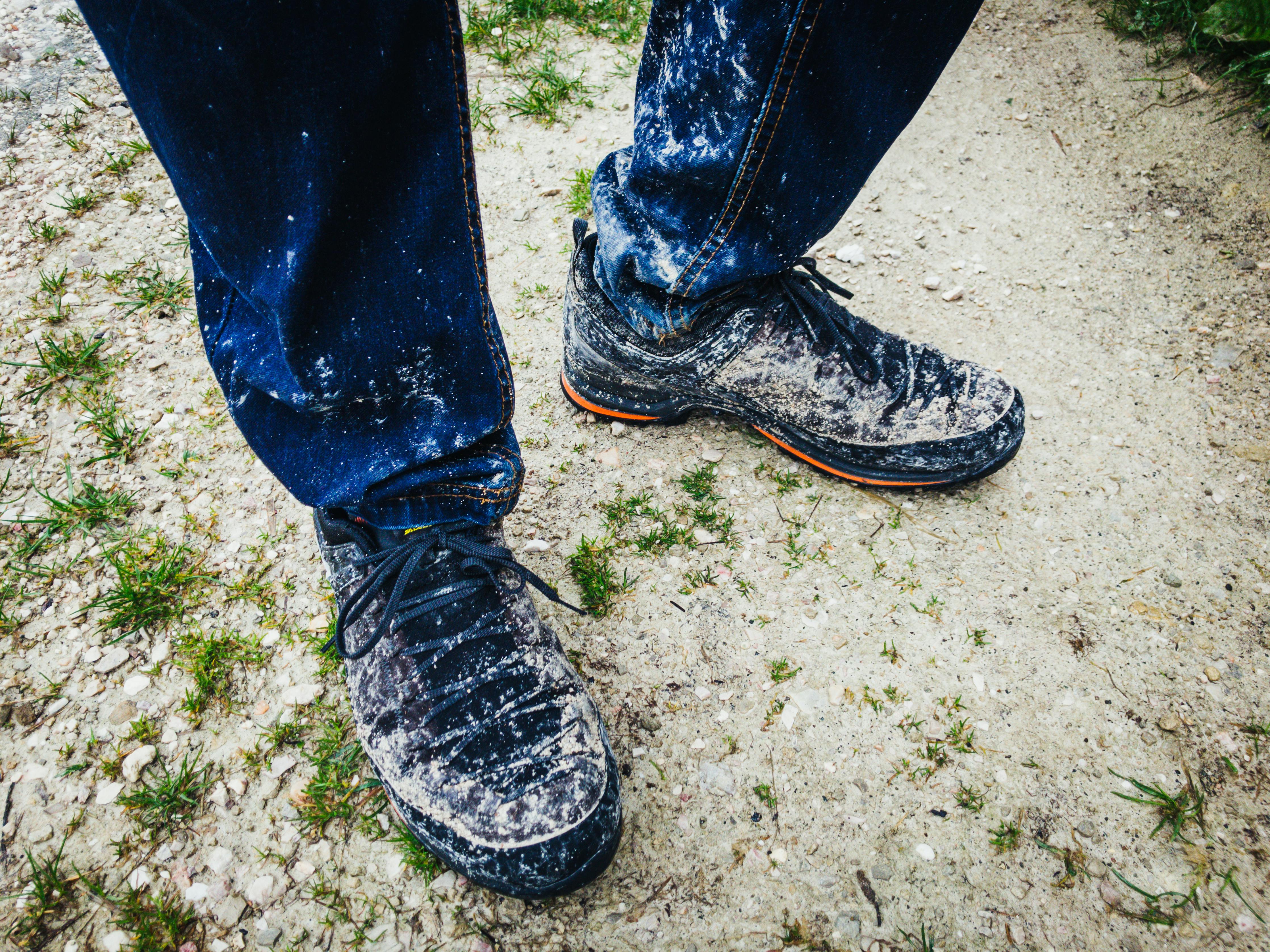
This study found that Nordic Walking generates higher ground reaction forces and shock impacts compared to regular walking, particularly at heel strike, highlighting biomechanical implications for health and injury prevention.

This study proposes Nordic Walking as a safe, accessible, and effective exercise model for cancer survivors, helping overcome physical activity barriers and improving quality of life.
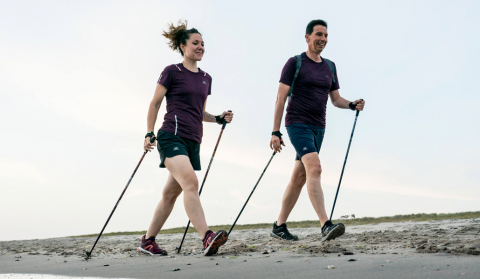
Contrary to popular belief, this study found no significant reduction in lower limb loading during Nordic Walking compared to regular walking, with some tracks even showing slightly higher forces at heel contact.
© 2024 onwf.org | Original Nordic Walking from Finland